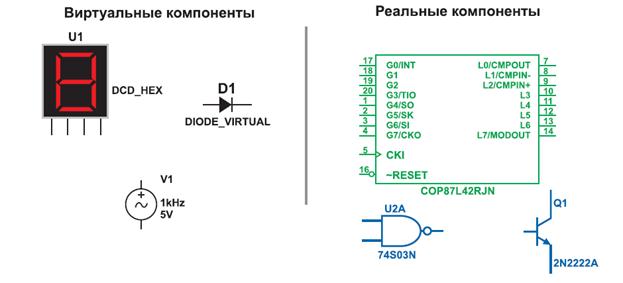Principles of classification
Main Theoretical Concepts: A vowel is a sound in the articulation of which the air passes through the mouth freely (there is no obstruction to the stream of air). The English vowel phonemes are divided according to the stability of articulation into two large groups: monophthongs and diphthongs. A monophthong is a sound in the pronunciation of which the organs of speech do not perceptibly change their position throughout the duration of the vowel. E.g. 12 vowel phonemes [ɪ, e, æ, ʌ, ɒ, ʊ, ǝ, iː, ɑ ː, ɔ ː, uː, ɜ ː ]. The English monophthongs may be classified according to the following principles: 1. According to the position of the tongue (the position of the bulk of the tongue or the horizontal movement of the tongue) vowels are divided into five groups: a) Front vowels are those produced with the bulk of the tongue in the front part of the mouth with the front of the tongue raised in the direction of the hard palate. E.g. [i:, e, æ ], Russian vowels [и] [э]. b) Front - retracted vowels are those produced with the bulk of the tongue in the front part of the mouth, but somewhat retracted; the front part of the tongue is raised in the direction of the hard palate. E.g. [ɪ ]. c) Central vowels are those in the pronunciation of which the central part of the tongue is raised towards the juncture between the hard and soft palate. E.g. [ʌ, ǝ, ɜ ː ], Russian sounds: [ы] [а]. d) Back vowels are those produced with the bulk of the tongue in the back part of the mouth while the back of the tongue is raised in the direction of the soft palate, forming an empty space in the front part of the mouth. E.g. [ɑ ː, ɔ ː, uː, ɒ ], Russian [o] [у]. e) Back - advanced vowels are those which are produced with the bulk of the tongue in the back part of the mouth, but somewhat advanced, the back part of the tongue is raised in the direction of the front part of the soft palate. E.g. [ʊ ]. 2. According to the height of the raised part of the tongue (or the vertical movement of the tongue) vowels are devided into three groups: a) Close (high) vowels are produced when one of the parts of the tongue comes close to the roof of the mouth and the air passage is narrowed. There are variations: narrow and broad. High - narrow: [iː, uː ]; high - broad: [ɪ, ʊ ] b) Open (low) vowels are produced when the raised part of the tongue is very low in the mouth, the air passage is very wide. Low - narrow: [ɔ ː ]; low - broad: [ æ;, ɒ, ɑ ː ]. c) Mid - open (mid) vowels are produced when the raised part of the tongue is half way between its high and low positions. Mid - narrow: [ e, з: ]; mid - broad: [ʌ, ǝ ].
Practical Tasks: 1. Characterise the sounds according to the main principles of articulation [æ, ʌ, ɒ, ʊ, ǝ, ɑ ː ] 2. Guess which sound is meant: · a back advanced, low - broad monophthong; · a front, high - narrow monophthong; · a centra, l low - narrow monophthong.
Sound i: I scream, you scream, we all scream for ice - cream These three sheep have eaten three green leaves each Graphic equivalents of he sound [i: ] e be [bi: ] ee see [si: ] ea tea [ti: ] ie piece [pi: s] ei ceiling ['si: liŋ ] i machine [m∂ '∫ i: n] (in French borrowings) ae Caesar ['si: z∂ ] Цезарь oe Oedipus ['i: dı p∂ s] Эдип ey key [ki: ] ay quay [ki: ] набережная eo people ['pi: pl] Questions for self -check: 1. What is a vowel? 2. What are the main principles of classification of vowels? Sources: 1. М.А. Соколова и др. Практическая фонетика английского языка. сс.85 – 90. 2. O'Connor. Better English Pronunciation, p. 79 – 84. Unit 4
|




